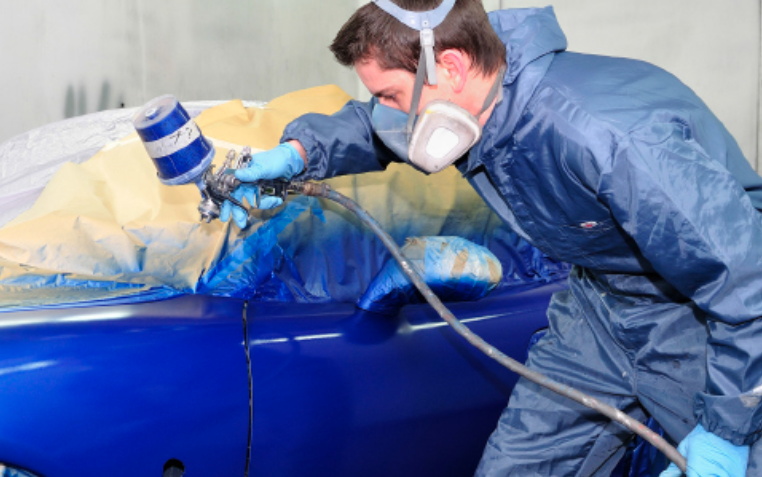Key Points/Overview
Different solvents meet specific needs to make products with optimal performance attributes, including spray paints that dry quickly and don’t clog the spray nozzle, inks that don’t smudge, paints that look good and last a long time, and strong cleaners that are good for tough, greasy jobs.
Hydrocarbon and oxygenated solvents have been in widespread use for more than 50 years and the subject of extensive health and environmental effects studies. In some instances, solvents are used directly (e.g., nail polish remover); in other cases, the solvent is part of another product or used in the manufacturing process to make a product. When using a solvent, consult the manufacturer’s instructions for safe use.
For manufacturers, solvents are subject to a variety of federal and state regulations, including regulations that govern the industrial storage and disposal of hazardous wastes, workplace exposure limits, requirements for the safe transport of chemical substances, and regulations pertaining to release of chemicals to air, land and water.
Uses & Benefits
Solvents are critical to the effectiveness of many products consumers use every day.
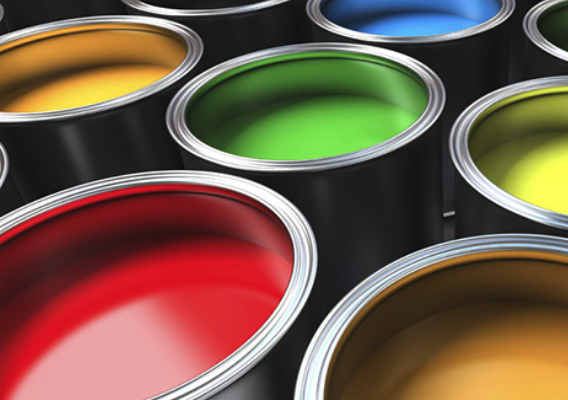
Solvents in Paints and Coatings
In paints, solvents dissolve or disperse the components used in the paint formulation, to make paint the desired consistency for application and to avoid clumps or globs. Glycol ether esters are added to some spray paints to prevent them from drying in mid-air. The slow evaporation of this powerful group of solvents means that cars, for example, can get several smooth, flawless applications of paint for a beautiful, more durable finish. Click here to learn more about solvents in paints and coatings.

Solvents in Inks
Many inks, used to print everything from magazines to food packaging and labels, rely on solvents to be applied properly, stay in place, and achieve their vivid colors. The hydrocarbon solvent toluene is used as the ink solvent in a specialized type of magazine printing, because it evaporates quickly enough to prevent smudging and leftover toluene is easily recycled. Click here to learn more about solvents in inks.
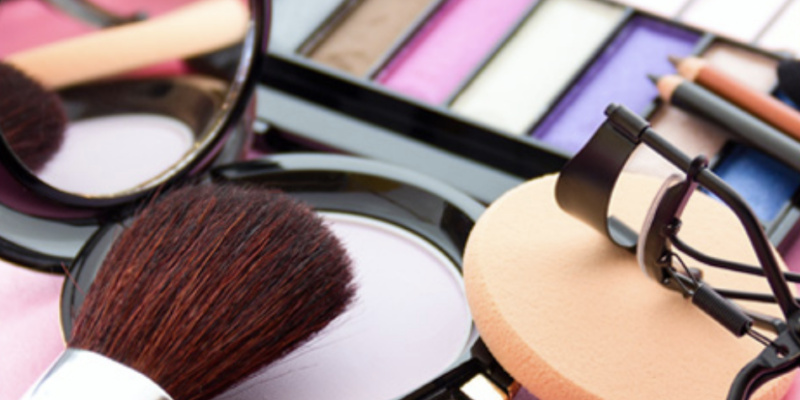
Solvents in Personal Care Products
Many cosmetic products rely on solvents to dissolve ingredients and enable them to work properly. Solvents are used in lotions, powders and shaving creams to provide appropriate consistency for the product. Ethanol is used by perfume manufacturers as their solvent of choice because of its low odor. The low boiling point of ethanol means that the solvent evaporates quickly and does not remain on the skin. Ethyl acetate or acetone is used in nail polish and is especially valued for its fast-drying properties. It is also used in nail polish removal fluids, and its high solvency power means that the polish can be removed easily from the nail. Click here to learn more about solvents in personal care products.
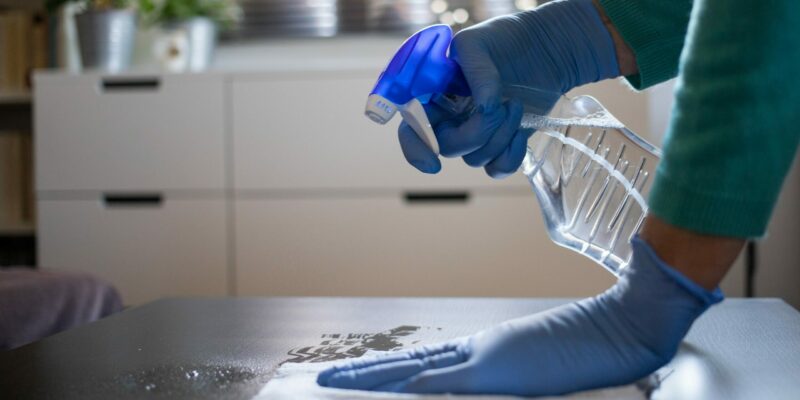
Solvents in Cleaning Products
Glycol ethers are highly effective as an active component of heavy-duty glass, floor and other hard surface cleaning formulations. These solvents have good water compatibility, high solvency for greases and oils and good biodegradability. Isoparaffins are used to dry-clean clothes. These solvents are valued for their low odor, favorable health and environmental profile, safe handling characteristics and excellent cleaning efficiency. Click here to learn more about solvents in cleaning products.
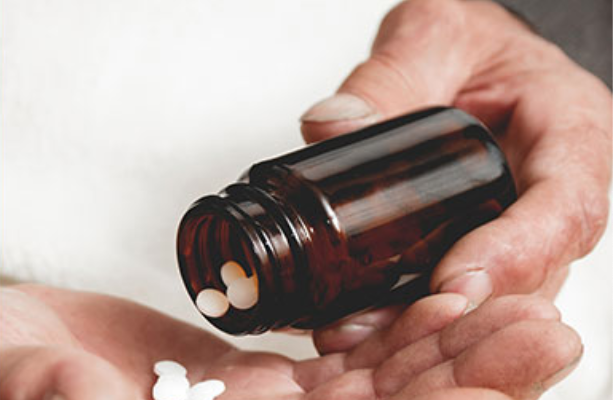
Solvents in Healthcare Applications
Solvents are used in hundreds of pharmaceutical products and contribute to many of the medicines people use today, from penicillin to aspirin, cough syrup and topical ointments. Butyl acetate is used to purify penicillin by keeping impurities in solution while the penicillin is selectively removed from the reaction mixture by extraction. Click here to learn more about solvents in healthcare applications.

Solvents in Automotive
Solvents help washer fluid remove dirt and grime from the windshield. Isopropyl alcohol is used as a windscreen de-icing and cleaning solvent because it stays in liquid form well below the freezing point of water and therefore helps to remove the ice. It removes stains that appear on the windscreen and is also used in the home in window cleaning products. Aliphatic hydrocarbons are used in the production of tires. The solvent softens and cleans each rubber layer before the next one is applied, and its adhesive qualities help bind together the various components of the tire for increased safety and improved performance. Click here to learn more about solvents in automotive.

Safety Information
For manufacturers, solvents are subject to a variety of federal and state regulations, including regulations that govern the industrial storage and disposal of hazardous wastes, workplace exposure limits, requirements for safe transport of chemical substances, and regulations pertaining to release of chemicals to air, land and water.
For consumers using personal care products that either are themselves solvents, such as nail polish removers, or products that contain solvents, such as paint, consult the manufacturer’s instructions for safe use. For “do-it-yourself” (DYI) projects, it is important for individuals working with “stronger” solvents, such as paint strippers or stronger cleaning products, to closely follow manufacturer’s instructions for the product’s safe use.
Federal agencies including the U.S. Environmental Protection Agency (EPA), the U.S. Food and Drug Administration (FDA) and the U.S. Centers for Disease Control and Prevention (CDC) publish health and safety information on individual solvents.
- FDA recently developed a list, which makes recommendations as to what amounts of residual solvents are considered by the Agency to be safe in pharmaceuticals.
- Perchloroethylene, or perc, is the predominant chemical solvent used in dry cleaning. It is an effective cleaning solvent and is used by most professional dry cleaners because it removes stains and dirt from all common types of fabrics. EPA does not believe that dry cleaning clothes with perc will result in an increased risk of adverse health effects for people.
- The American Chemistry Council has published a flyer outlining “Dos and Don’ts” for the safe use of solvents.
- Some general principles and considerations that help to minimize flammability concerns related to hydrocarbon and oxygenated solvents are included in the following guidance document.
Tested, Effective, Affordable
Hydrocarbon and oxygenated solvents have been in widespread use for more than 50 years and the subject of extensive health and environmental effects studies that examine the effects of exposure to solvent vapors. It should be noted that in some cases, people use solvents directly (e.g., nail polish remover); in other cases, the solvent is part of another product (e.g., paint), and in other cases, the solvent is used in the manufacturing process to make a product, but completely “used up” in the manufacturing process. When using a solvent directly, consult the manufacturer’s instructions for safe use.
Various solvents are extremely effective in select purposes, such as in pharmaceutical development. In producing penicillin, for example, the solvent keeps the impurities in the solution so the penicillin is selectively removed from the reaction mixture by extraction. In some inks, the solvent effectively evaporates quickly enough to prevent smudging and provides a cost-effective, high performing way to print magazines or labels using vivid colors. In nail polish, the purpose of the solvent is to dissolve and help mix the other ingredients together evenly, and then evaporate as the nail polish dries, creating a smooth, consistent surface. Fingernail polish remover also is a solvent that functions for this particular use – to break down the ingredients in the polish.

